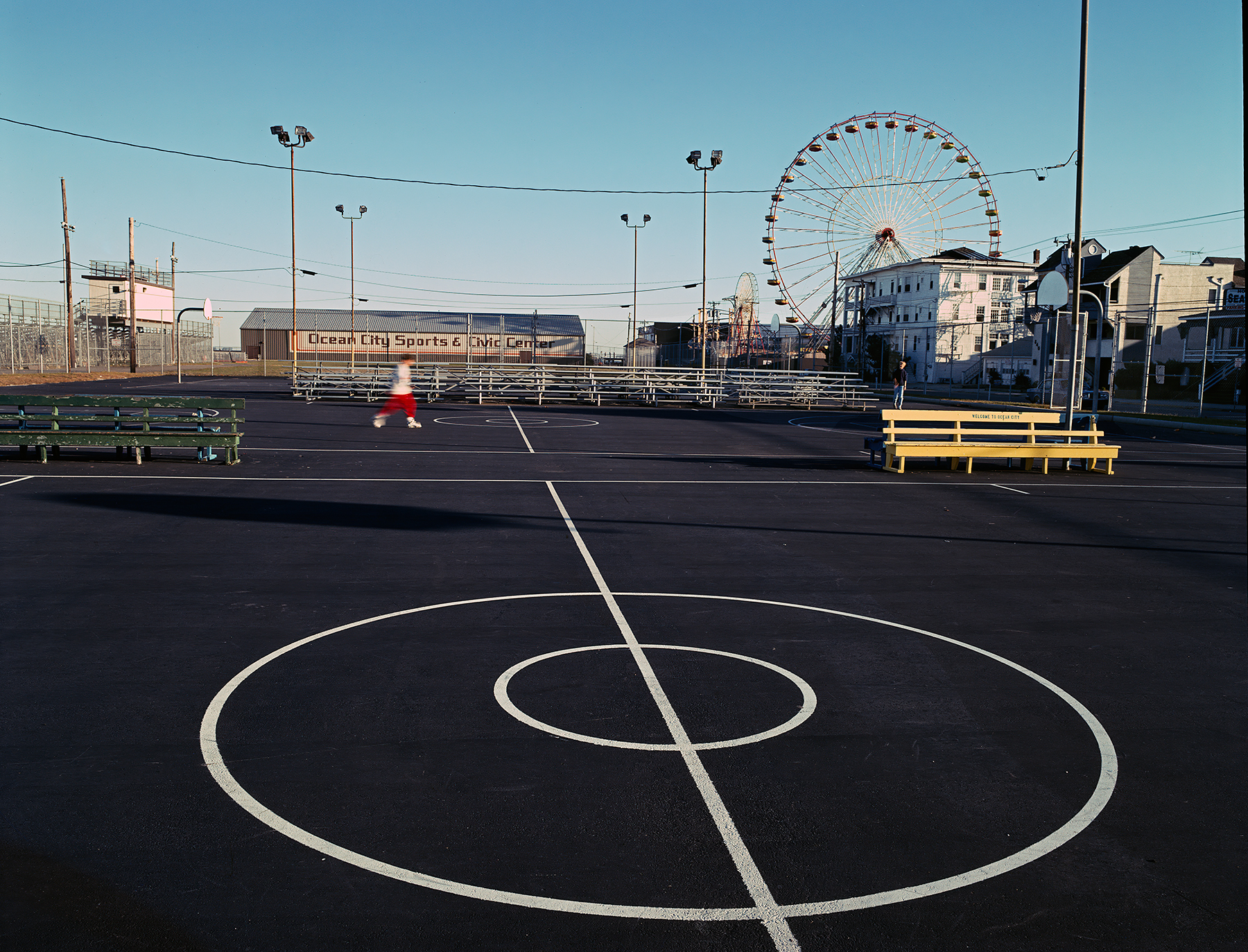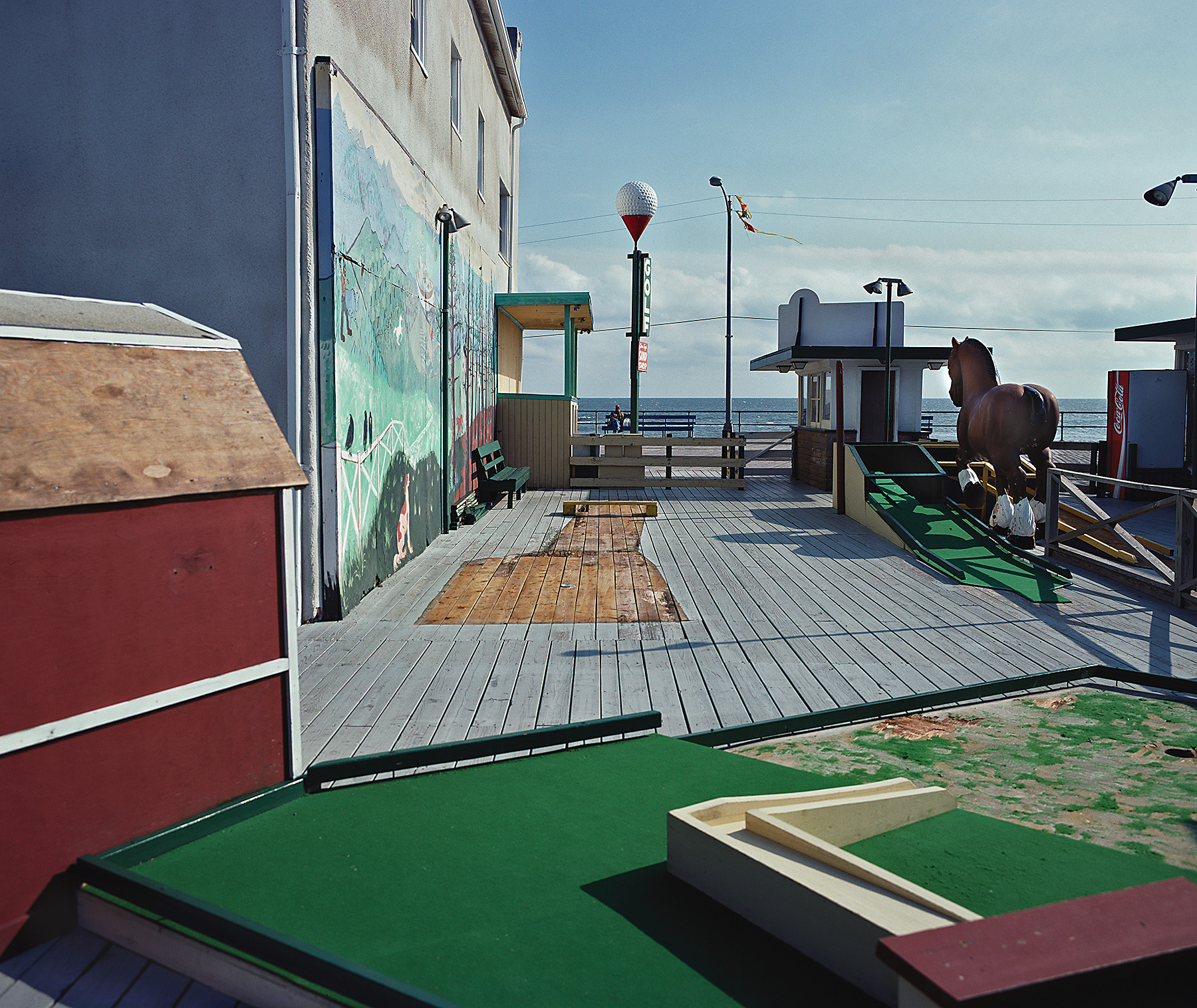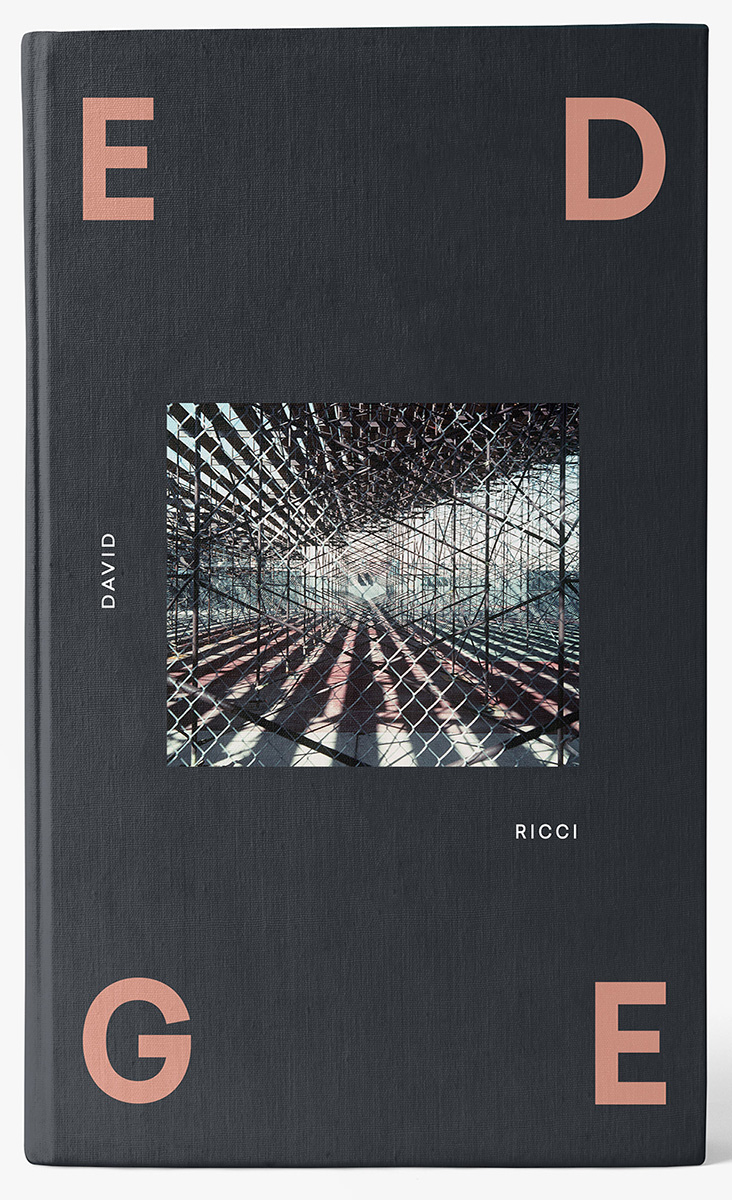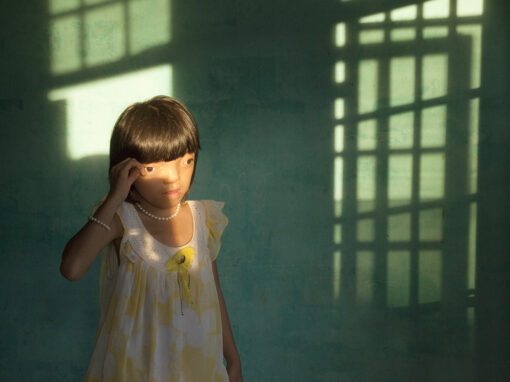Ok, now I’m confused.
I have learned, according to a quick Google search, a person who studies or practices geometry is called a Geometrist.
But, I discover, a person can also (or?) be a Geometrician. Euclid was The Great Geometrician. You get to be a geometrician if you’re a mathematician who specializes in the study of geometry.
“Edge”, by David Ricci
Published by Fall Line Press, 2022
review by W. Scott Olsen
So far, so good. We’ve moved from study and practice to specialization.
Then again, a person might be a Geometer. Apollonius was an ancient Greek known as The Great Geometer. A Geometer is a person skilled in geometry. Not only a specialist, it seems, but a really good one.
Sadly, perhaps, no one ever got called The Great Geometrist.
Can a photographer be a Geometrist? A Geometrician? A Geometrist?
Because I have a new book in my hands, I now believe this is possible.
Did you know there are at least seven types of angles? Zero. Acute. Right. Obtuse. Straight. Reflex. Complete.
There are at least seven types of lines, too. Horizontal. Vertical. Perpendicular. Intersecting. Oblique. Divergent. Convergent. Parallel.
I think I used to know all this stuff. But then came algebra. Then trigonometry. Then calculus. Then despair.
Geometry means to measure earth. There is something called sacred geometry. And there is fractal geometry as well.
I’m looking all this up because I am captivated by a wonderful and maddingly consuming photobook called Edge by David Ricci. We often say photography is the art of light and line, and then we pay most attention to the light. Not this book. Don’t get me wrong, though. The light in these images is wonderful. But the lines! Oh heaven – the lines.

Every page of Edge is a composition of lines. Some simple. Many chaotic. There are repetitions and symmetries. There are tangles and bundles. Obtuse. Oblique. And every page is so completely captivating the book feels like a type of unfolding you hope never quite finishes.
It’s often difficult to tell if the settings and objects inside the images are a result of neglect, decay, disaster, or the chaos of something in progress. There is the facade of an apartment building blown apart. The rooms are without furniture, which would imply demolition. But we cannot be sure. Another image is filled with metal parts, including an old lawn mower, in what appears to be a junkyard. There are images which contain the front end of an old International Harvester truck, several rolls of discarded chain link fence, several hundred coils of bedsprings, vines, perhaps kudzu, in wintertime, bare of leaves. There are the nets and ropes of a boatyard.

The objects are not the real subjects, however. These are images of the shapes of the objects. These are images of the edges, the symphony of leading lines, leading us somewhere we’ll never reach, which is exactly the point.
There are two bits of text at the end of the book. The first, Ricci’s artist statement, says, in part:
Several years ago, I became captivated by M. Mitchell Waldrop’s book Complexity in which the author explains a fascinating area of scientific inquiry. Waldrop describes an interesting phenomenon: as more and more components are added to a system it inherently becomes more complex, but at some point it moves beyond complexity and enters a region termed the “edge of chaos” where something unique emerges – a new entity that is both greater than the sum of its parts and the essentially different from them. Beyond this stage chaos reigns.
Around that time, my photographs came a bit “busy.” Over a few years’ time, the visual density of the scenes progressively increased, which required orchestrating a plethora of visual components in my viewfinder. By including an overabundance of elements in the image and making extensive use visual motifs, I try to stretch the compositional limits of the medium while infusing the photographs with rhythm, gesture, and pattern. The complexity of the composition is not meant to be an end in itself, but rather a vehicle to reveal a surprising elegance that emerges from commonplace subject matter…
This is the power of Edge. The images are all about the surfaces, the physical shapes and edges of objects. There are building corners. Ferris wheels. Roof Angles. Chain link fences. The supports of roller coasters. The tubes of slides in a water park. And as the book progresses, the images become increasingly complex – a bit like beginning close on a fractal field and then zooming out. Not that the patterns repeat – just that patterns reveal patterns reveal patterns.

Edge’s book design includes two fold-out spreads, and looking at them (I have the one set in a boat yard open in my lap as I type – nets and lines and buoys and blanks and garbage bins and, and, and) is an opportunity for happy micro as well as macro interaction. The eye goes everywhere. Unlike “Where’s Waldo,” where the minute detail is entertaining but there is also a search for a well specified object underway, with success or failure part of the experience, examining these images is an experience of gestalt joy, built on a celebration of the individual parts. Think Waldo, drawn by M.C. Escher, printed on a mobius strip. That wouldn’t be right, but it would be closer.

According to the artist’s website, “Ricci was the recipient of the Annual Curator’s Award from The Center for Photographic Arts and was longlisted for the Aesthetica Prize in the UK. His photographs have been exhibited and acquired by several museums including Los Angeles County Museum of Art, Harvard Art Museums, Winnipeg Art Gallery, The Hyde Collection, Fleming Museum, DeCordova Museum, and Smith College Museum of Art among others. His monograph, EDGE, was published in November, 2022 by Fall Line Press. The photographer is represented by Bernay Fine Art and Iris Gallery of Fine Art.”
Edge is one of those photobooks where you open to any page and half an hour later realize you’re still looking at the same page. Happily.



A note from FRAMES: if you have a forthcoming or recently published book of photography, please let us know.





Bill
March 26, 2023 at 18:28
Thanks for the excellent review of David’s amazing book. I love it when someone really “gets it” …and knows how to articulate that. Cheers! Bill Boling, Publisher, Fall Line Press
Edward Taylor
April 8, 2025 at 22:03
Yes a Photographer can be a Geometrician, Geometer because Geometric Photography is a specialty and branch of Photography. I am a Geometric Photographer myself and I find Geometric shapes in nature. Geometry / Mathematics is part of Photography